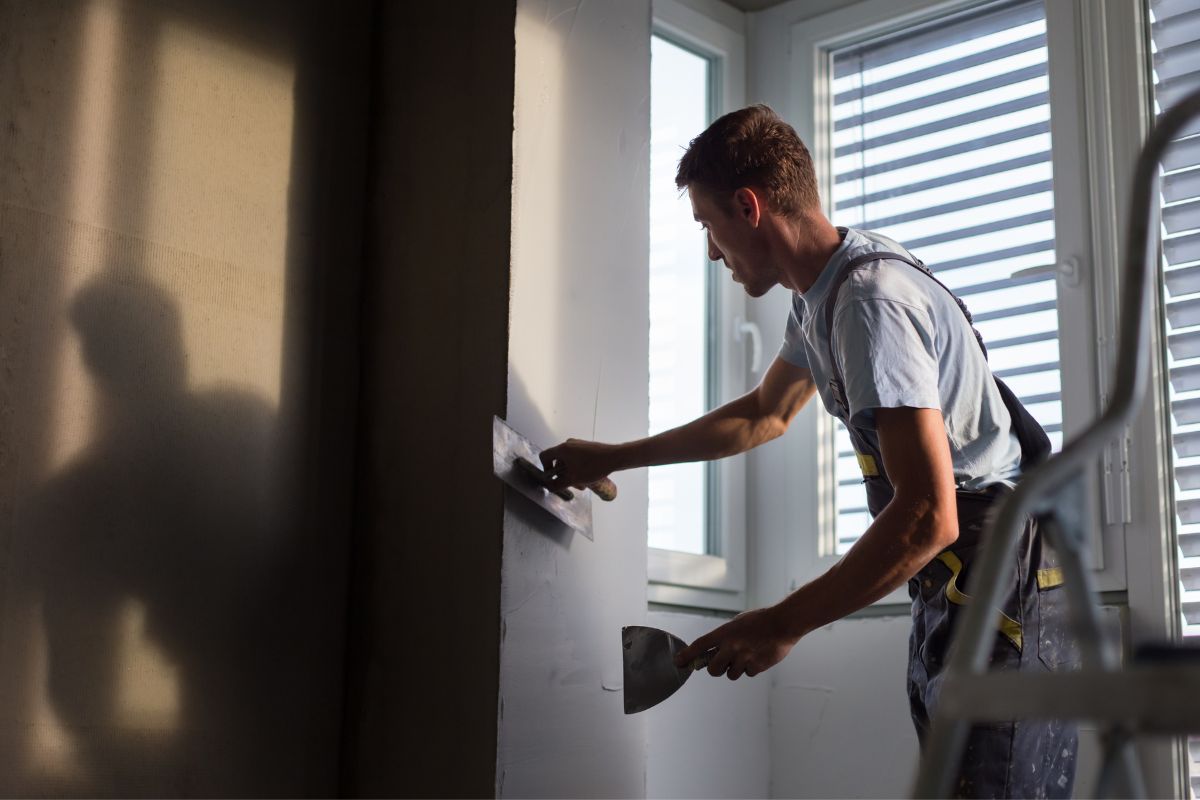Reasons Why Damp Proofing Should be Done Before Rendering
Rendering walls is a popular and effective way to protect the exterior surfaces from weather, enhance their appearance, and even increase the value of a property. However, before any rendering work begins it’s vital that damp proofing is carried out in order to ensure optimal results. Here are just some of the reasons why this should be done:

Prevent Damage From Rising Damp
Rising damp occurs when moisture rises up through walls due to condensation and can cause serious damage not only to rendered walls but also the structure beneath them if left untreated. By carrying out damp proofing prior to rendering, you can negate the risk of this type of damage occurring as the damp proof barrier will stop the moisture from rising.
Ensure Optimal Results From Rendering
Once damp proofing has been completed, rendering can be started with much greater confidence that the results will last for a long time and remain in good condition. Without this important step, any render applied to walls can become damaged by the presence of moisture inside them resulting in an unsightly finish – not what you want when investing your money!
Improved Insulation & Reduction of Cold Spots
Damp proofing helps to create an effective layer between external and internal walls which means that cold spots around windows and doors are eliminated along with hot spots where radiators are situated. This leads to improved insulation within the property which in turn will save energy and reduce the cost of bills.
Increased Property Value
Finally, damp proofing before rendering is a great way to not only protect your home but also add value to it as well. Upon completion of the work, potential buyers or tenants will be impressed by the high-quality finish and know that the property has been well looked after. This could make all the difference when trying to secure an offer at a higher price!
Conclusion
In conclusion, having damp proofing carried out before any rendering takes place is essential if you want to achieve optimal results from the process and ensure that your walls remain undamaged by moisture for many years to come. Not only will this help improve insulation within a property and make it more energy efficient, but also increase its value too. So don’t be tempted to skip this important step – you won’t regret it!
Related Articles
The Common Causes of Dampness and Efflorescence in Rendered Walls
